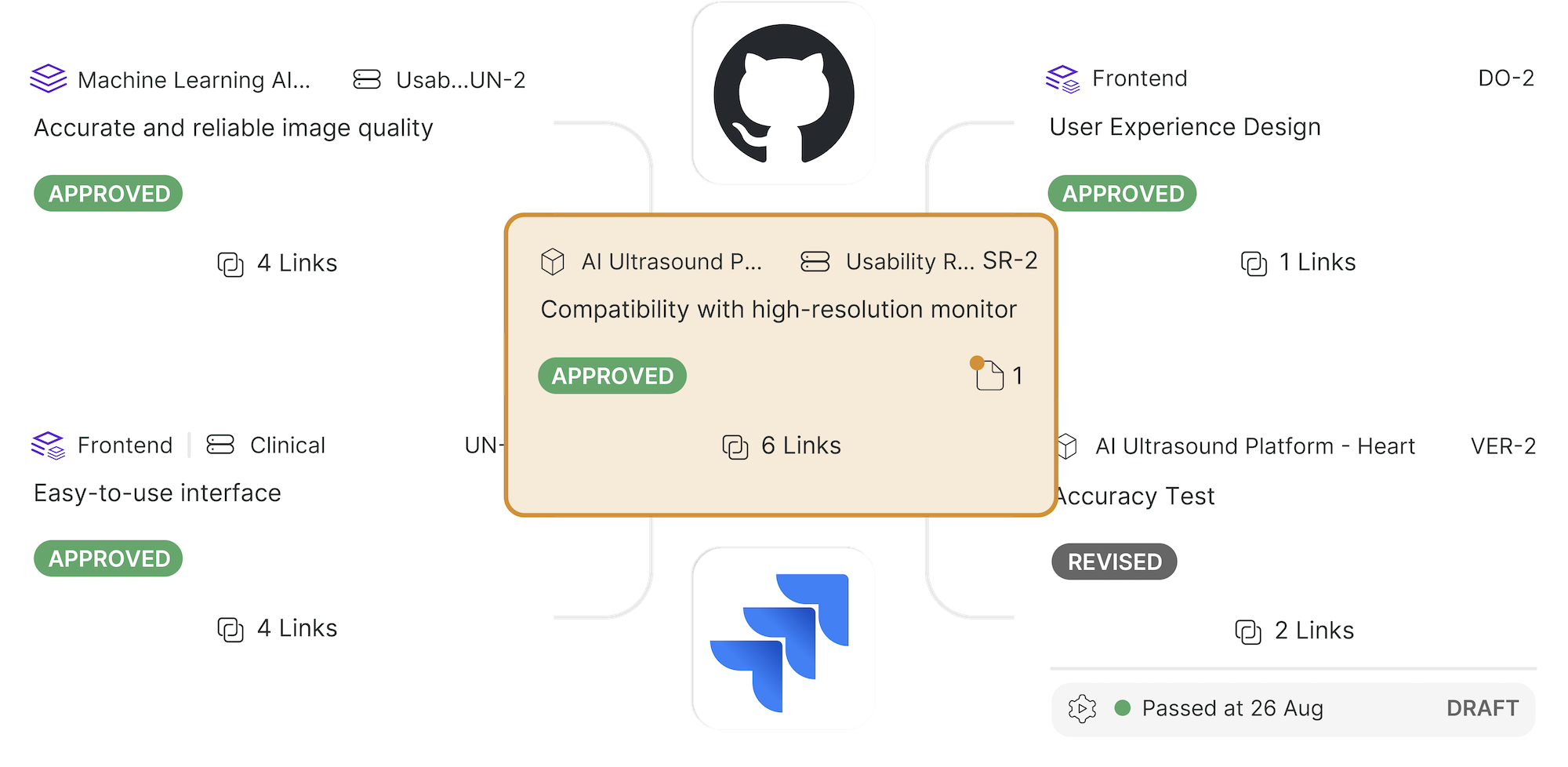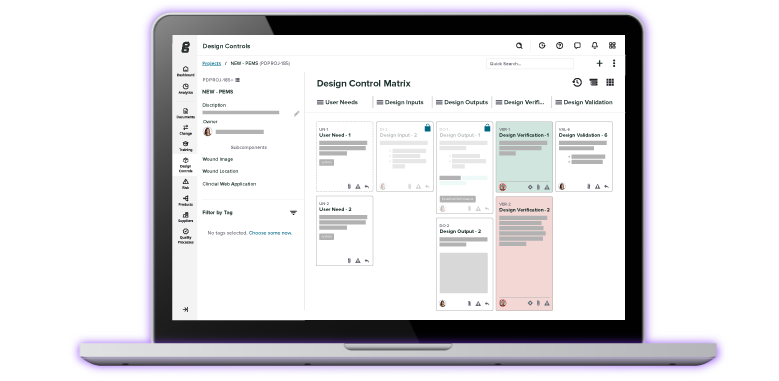
In this episode, we delve into the burgeoning world of artificial intelligence in MedTech.
Listen as we discuss the skepticism and opportunities associated with AI, the revolutionary impact on product development, and provide practical advice for professionals looking to harness AI's potential.
Wade Schroeder, Medical Device Guru for Greenlight Guru, shares his expertise on MedTechs AI-powered tools that are redefining risk management and compliance. With a keen focus on the AI in MedTech Trend report, this conversation is a must-listen for those ready to lead at the forefront of medical device innovation.
Check out the full report and explore the resources mentioned in this episode by visiting the Links section below.
Interested in sponsoring an episode? Click here to learn more!
Watch the Video:
Listen now:
Like this episode? Subscribe today on iTunes or Spotify.
Some of the highlights of this episode include:
- AI is still in its early stages within the MedTech industry, with potential to save time and improve efficiency.
- There is a noticeable skepticism about AI, with 65% of respondents doubting the accuracy of AI data.
- Corporate executives are the highest users of AI at 60%, with manufacturing operations at 50%.
- Product development and engineering, as well as clinical sectors, are also incorporating AI significantly.
- Quality and regulatory sectors are the least to adopt AI, possibly due to trust issues in AI's data accuracy.
- Early adopters of AI in MedTech, akin to early CAD users, may gain a competitive edge in the industry.
- The development of AI tools like Greenlight Guru's risk intelligence can specifically aid MedTech professionals by streamlining processes like risk assessment.
Links:
Memorable quote:
"It's kind of like an iceberg we're seeing the tip of the iceberg with the use of ChatGPT for manipulating your email, when in reality there's this whole other world under the water." - Wade Schroeder
Transcript
Wade Schroeder: Hey, everyone. Welcome back to the Global Medical Device Podcast. My name is Etienne Nichols. Today with me is Wade Schroeder, a medical device guru extraordinary from Greenlight Guru. How are you doing today, Wade?
Wade Schroeder: Doing good. Doing good. How are you doing, Etienne?
Etienne Nichols: Doing okay. Doing good. I shouldn't say okay or good. I should say great.
Wade Schroeder: That's fair.
Etienne Nichols: Yeah.
Well, especially because I get to talk to you today. We don't have matching shirts like the last time. I'm actually really sad about that. But I am excited about the topic we get to talk about, which is artificial intelligence specifically as it applies to MedTech.
We've heard a lot about AI recently, but what's your take at the moment?
Wade Schroeder: Yeah, I think right now it's still early. I think we're still learning what tools work well for what tasks, and I think companies are still figuring out what they want to build.
So, it's still early, but it's neat to see kind of the direction it's going and how it can save time right now.
Etienne Nichols: Yeah.
And one of the reasons we brought this up is because Greenlight Guru recently put out a report on this, and it's called the AI in MedTech Trend report. For 2023, we surveyed over 200 medical device professionals worldwide.
We analyzed their, well, their use, but also their skepticism of AI. And so, I don't know. I'd love to talk to you a little bit about this report. We'll put a link in the show notes as well so people can check it out.
What were your initial thoughts when you started reading the report?
Wade Schroeder: Yeah, I mean, there's a lot of different takeaways from this. One of them that really stood out to me was just the barrier to entry with AI. And I think it's because a lot of people thought the same way I did, where it's, how much do I trust AI at this point?
I think it was 84% of respondents didn't. Oh, no, this was a different one. Apologies. This was 65% of respondents didn't trust the accuracy of the data, which.
It's a new technology, I think everyone's, not everyone, but a lot of people have tried out like chat GPT and don't always get exactly what you're hoping for and things like that. So, it's understandable.
So that really stood out to me and it gets me thinking of, how can we get to the stage where you can trust it and what do we need to do to get to that stage?
Etienne Nichols: Yeah. And it was interesting just to look at the different usage statistics and basically who's using AI. And one of the things that I thought was interesting is that corporate executives are in the highest.
There's 60% of corporate executives that we interviewed are using AI and then manufacturing operations is second at 50%, with product development and engineering be 40%, which I would have expected product development and engineering maybe to be a little bit higher, and then clinical kind of tied with 40%, which makes sense, I would think quality and regulatory being the 28% and the bucket of other being 22%, but quality and regulatory being 28%, the smallest identifiable category.
Why do you think that is?
Wade Schroeder: I think that ties back to what I was saying. I think quality is their job.
They probably trust it a little bit less.
I don't know if there's a correlation between those, but I also think about the tests that you're using AI for, and not to bucket corporate executives, but a lot of times they talk about being way behind on emails and chat GPT.
That is probably the most common use I hear from talking to people in the industry, but also just talking to my friends.
People love using it to help them craft emails. And that's my at least assumption for why corporate executives might be a little bit higher is because of those tasks that they're doing.
The current AI tools out there fit that really well.
Etienne Nichols: Yeah. And one of the things when I think about AI, it's kind of like an iceberg we're seeing the tip of the iceberg with the use of chat GPTE for manipulating your email, when in reality there's this whole other world under the water that we don't always think about.
And that's one of the things I want to get into with you in just a minute as far as AI and how AI tools can help MedTech specifically. But maybe before we get there, one of the things I wanted to throw out is there are opportunities for early adopters.
And I kind of equate this to my quote unquote, early adoption of SolidWorks. When I was in college, I was trained on SolidWorks 3D modeling, CAD, computer aided design. And when I got out, you might think, okay, well, I'm not that old. It wasn't new, but I worked at a company that we had the drafting tables, we had NX ideas. I think we had five different programs for manipulating software, including microfilm, or looking at the drawings to correct myself.
And so, I knew SolidWorks, so I was a bit of a go to guy when it came to how to use SolidWorks because everything was going to SolidWorks. And I think that is kind of a tipping point for a lot of people coming out who know how to use AI in your company, because one of the things that I noticed, if I can find it, this is kind of a bigger report.
There are a lot of different things, but it was a high number of people who, they had no training or nobody in their company really knew much about AI or its use. So you can be that person, and I think that's an opportunity for MedTech professionals.
Wade Schroeder: Yeah, definitely.
That's a great analogy too, because I think just as for your company, it was kind of like the tip of the iceberg. It was the edge they were transitioning at that point.
I think that's where we're at with AI is not many people have adopted it more than we'll say, email. Not many people have adopted it beyond that. So, if you're finding ways to adopt it beyond that, finding other tools out there built specifically for what you're doing with your job in quality or product development, yeah, you can really be on the cutting edge and be really valuable to your company and to the industry by knowing that stuff.
Etienne Nichols: Yeah. On the flip side, I can't help but wonder if maybe we're also seeing something like we saw in the 2020s with Zoom fatigue, when everybody had to go to Zoom and they're like, oh, video off, sound off.
I'm just going to venture out on my chair while everybody does their meeting thing. Are we feeling a little bit of AI fatigue? I feel like maybe some people I talk to are, yeah, I would say.
Wade Schroeder: Especially lately, even just thinking about this report, a lot of that. It was a questionnaire that went out a few months ago, and I think even in these few months that it's taken to compile all the data and put together the report.
I think people have probably become even more fatigued in that amount of time just because everywhere you look, we have AI to help you with this. We integrate with chat, GPT, and all this different stuff. It's becoming almost annoying to hear the word AI at times, and it all depends on your job, depends how much you're hearing it and all that stuff. But I've heard from a lot of people that, yeah, the word AI is becoming fatigued at this point, and I think there's going to be a tipping point to where that's going to stop. It's not going to be a buzzword as much; it's not going to be as hot.
There's going to be something else that becomes the hot new buzzword. But AI will very much have its place in useful and helpful tools, not just every company putting it in, just to put it in, to say they have AI.
Etienne Nichols: Right, just to, I guess, kill the analogy with Zoom fatigue. We didn't get rid of Zoom because we were a little bit tired at the times for, we just had to learn how to use it and implement it into our natural workflow.
And now it is kind of an everyday thing that we use. Okay, so that being said, so let's go on to talk specific for MedTech. What are some of the tools that you're seeing developed and could really enhance a MedTech professional's life and quality of.
Wade Schroeder: You know, I'm a little biased because I work at Greenlight, and so I get to see those tools, but some of them that are really neat. Just thinking about what AI can do with the crunching of large amounts of numbers, putting it together and doing probabilistic estimations and taking natural language processing, that's what chat GPT people know it for, is like being able to put things together really easily, but also to understand what you're saying.
So those two together, Greenlight actually has what we call risk intelligence, and we're embedding it into your ISO 14 nine seven one risk matrix to help you in making it easier to align to what the FDA is going to be expecting from you, but also to save you time as well.
And what that's looking like in our risk intelligence tool is you can actually take your product code; put it into this risk intelligence tool and it's going to pull all of the data from the MOD database for you and put that together using Bayesian statistics.
It's going to give you estimates for how often those things are occurring, the harms that have been reported for your product code, the harms and the hazards that have been reported for your product code in that MOD database. And it's going to give you that data in a format where you can have that list and decide for yourself.
Okay, looks like out in the industry the products that have the same product code, these things are happening very highly. So, we got to make sure we're targeting these and we're targeting them early too in our design.
So, it can help you start your design earlier with risk in mind, earlier, I should say. And you can design your device from the beginning with those potential harms in mind and to really mitigate those out from the very beginning, I think, which is huge.
It helps that could start problem where everyone experiences this in design and development. No one wants to start risk management. Everyone delays it, which isn't good. I mean, it causes issues, and we all know that. And so, this helps with the cold start problem because it pulls known risks out there in the industry and relative probabilities and severities for those, for you to help you focus from the very beginning to mitigate those.
That's one way.
Etienne Nichols: Yeah, go ahead. Well, I was just going to say that's a really good point. And it's good timing too, because in September, I think it was September 7, the FDA came out with a draft guidance on choosing a predicate.
Let me see here.
It's called “Best Practices for Selecting a Predicate Device to Support a Premarket Notification [510(k)] Submission”. I looked it up while you're talking. I wasn't planning to talk about this, but it just kind of really fits in well with what you're saying.
Because if you're able to go and look up those product codes or those harms and events in the field that are happening associated to your product code, it can help you also select your predicate because one of the things they're recommending is they would prefer you not to be using any predicate device with an unmitigated use related or design related safety issue.
There's like four different sections of this guidance, but that could help you get around those conversations because you may think, oh, we're planning it. We already have designed for all those things, well, you better be ready to talk to them, because if you have a predicate that has issues in the field, that's one of the things that the FDA is going to clue in on and really hone in on. So that's cool.
Wade Schroeder: That's a great.
Yeah. To use that from the beginning, to choose your predicate device appropriately, and that could change a lot of things. Choosing maybe a different predicate device results in different testing that you have to do and stuff, different product code, even potentially depending on if you decide to change your intended use and things like that.
In the other side of the risk intelligence, too, connecting back to how complaints are reported, because I think that's a big thing is early on in risk assessment, as engineers, we like to think of what could happen. We think of each part, how it could break down and what could that result in, but then tying that into how the complaints are going to be reported later on so that we can do better reporting and stuff.
One of the things, what they use for complaint reporting is the IMDRF annexes for that. So, they have a huge list of harms in Annex E and Annex F that are reported as part of the complaint reporting with the FDA. And then the hazards annex A of the IMDRF is the hazard list.
And so Greenlight's actually taken those, put those into the ISO 14971 risk matrix that you build in Greenlight so that you're choosing those and it aligns to then how complaints are reported.
So, you can see if you need to update your risk matrix later on as you're actually getting complaints come in. And the cool part about the AI that's in it is, I don't know about you, but I don't have those lists memorized or those IMDRF annexes, all those harms.
And so, when you go to decide, okay, what harm do I want to select from that annex for this particular line of my risk?
If you type in, I don't know, broken bone or something like that, that might not be an IMDRF, it might be like bone fracture or something like that. And so just a standard search of, like, if you type in broken or something like that, it's not going to pull up what you want.
But we use that semantic search capabilities, that natural language processing that's built into AI tools such as chat. GBT built our own semantic search then for the IMDRF codes. So, you can type in something like, one of the examples I've used with the customer is sniffles.
You can type in sniffles like this leads to them getting sniffles and it comes up with all of these IMDRF codes related to that. So, you don't have to know the annex. And so that's something where it's like in your day-to-day activities of like I'm just building out my risk matrix, I want to align to these IMDRF codes. I don't know them.
So rather than having to search through and find it, I just type it in and it's going to understand what I'm trying to say. It's based off of context and everything. It's going to understand what I'm trying to say and give me a list of results that I'm likely looking for. So, it's really neat and time saving for sure.
Etienne Nichols: Oh yeah, that's fantastic. I love the real-world use. Instead of just saying, hey, AI, we're focusing on the value, which I think is really cool.
Wade Schroeder: Yeah. Getting back to the fatigue thing, I think that's one of our focuses here. And I hope it's a focus of the whole industry moving forward too, especially as other people start to feel this AI fatigue a bit, is design for the solutions, design for those problems, those pains, the impact that you want to have for the customers, like reduce time in setting up your risk matrix, allow them to set up their risk matrix earlier and more accurate to their product code. And it just happens to be AI that's helping with that.
And I think taking that direction with AI is building it for a purpose, is going to really allow people to use it more and reduce that fatigue.
Etienne Nichols: Yeah, I feel like we should talk about one of the concerns because we talked a little bit. You might have mentioned the statistics. 65% of the people that we. Well, let me see here. Let me see if I can remember the number.
One of the primary concerns with AI was the inaccuracy of data or the answers that would be coming out. And I think it was 65% of the users were concerned with that. How do you address that when people bring that up? Or have you had those conversations?
Wade Schroeder: Yeah, obviously with our AI tools, we are running verification validation on the back end to make sure it's accurately pulling from the MOD database for that side of the risks tool. And then the other side is just natural language processing.
So, it's not overly complicated in that sense. It's looking at a standardized list, it's not pulling from other places. But I think one of the things, like, if you're just like talking about chat GPT, one of the things that you're nervous of is you don't know where it's pulling the data.
So just having that understanding of, okay, I can trust the sources of where it's getting this information, that's big. And just to know that, hey, we're pulling from the MOD database, that's the information you're going to get, or we're pulling from this IMDRF list, that's what you're going to get.
I think that helps alleviate it a lot is knowing where those sources are coming from.
One of the other tools we're working on actually is, I would say you could compare it to chat GPT, I guess, but it is a chat interface, but it's a bot or an AI tool that's trained to the medical device regulations, to the FDA guidance documents, whereas as you type those same questions into a chat GPT, it could be pulling blog articles that Etienne wrote. And I don't know if you're, I'm just kidding. I would trust those.
I would trust those for sure. But you don't know where it's pulling from. Like it could be pulling from forums that you can't fully trust and things like that. If it's just a chat GPT but using a tool that is purpose built for the medical device industry and trained to the guidances and the regulations, you know that the answers that you're getting are going to be from the correct sources that you want them from. So, I think knowing the sources is really a big part of having more faith in the accuracy of the data.
Etienne Nichols: I think the tool you're referring to is the digital guru, which right now it's in. I think we have a waitlist. So, by the time this comes out, it could possibly be out.
I don't know. There are things we could talk about, maybe things we can't, but I think that's a really good point. And before I leave that, I'll be sure and put a link to that in the show notes if anyone's interested in checking out that tool or getting on that waitlist.
But it's a really important thing that you mentioned, and that is what's this been trained on when we talk about these large language models like chat TBT that is searching the Internet?
I think it was trained up till 2021. You're basically looking at the wisdom of the crowd. So basically, the wisdom of the crowd, which is good to a certain degree for certain things.
That's really great. I don't know if you've heard the example of if you have a jar of jellybeans with thousands of jellybeans and someone guesses how many there are in there, one person is going to be way off.
The next person might be way off. But if you take, once you get to about 10 00, 20, 00, 30, 00 people, they actually get really close. When you average all the answers, which is really weird.
It just kind of blows my mind a little bit. And that's what we're talking about when we talk about some of these large language models that take in all the data.
So, you take that model, think about that, and you say, okay, well, what if we took just medical device professionals, just guidance documents, just regulations, and now they're not just a random person guessing at a jellybean, it's the person who put all of those jellybeans in that bottle.
They know the answer.
Wade Schroeder: I love that analogy. They already know the answer.
They counted them as they put it in. They had to create the answer sheet. Yeah, no, exactly. Yeah. I think that is a perfect analogy to explain it. And honestly, that could be the correlation between not trusting the accuracy of the data. And also, we saw quality and regulatory being low on the list of people using AI. It could be of both of those things, you don't know where the sources are coming from, and that's important in quality and regulatory.
Etienne Nichols: Well, I highly recommend those of you who are listening check out the AI MedTech Trend report. Let us know what you think, because this isn't meant to be an exhaustive podcast on all things AI.
We really just wanted to put this on your radar so that you can check out the report, tell us what you think, give us some feedback. Love to see where the industry is moving in the future.
Hopefully we can do another one of these surveys next year and maybe get another pulse and let you know, keep you up to date on where things are going. Any last thoughts, Wade, before we leave?
Wade Schroeder: No. Yeah, I like that. I'd love to hear other people's thoughts.
And yeah, if there's any other tools that you use day to day that help you, let us know that too, because I'd love to try it out and I'd love to tell other people, too, and help other people out.
So, yeah, let us know.
Etienne Nichols: Very cool. Those of you, if you haven't met or don't know Wade, check him out on LinkedIn. He has some really great memes that he puts out there every now and then on MedTech, but also some very serious things that he talks about as far as related to the MedTech industry.
So fun guy to follow on LinkedIn. Check him out as well. All right, thank you so much, everybody who's been listening. You've been listening to the Global Medical Device Podcast.
We will see you all next time. Take care.
Wade Schroeder: Take care.
Etienne Nichols: Thank you so much for listening. If you enjoyed this episode, can I ask a special favor from you? Can you leave us a review on iTunes? I know most of us have never done that before, but if you're listening on the phone, look at the iTunes app. Scroll down to the bottom where it says leave a review. It's actually really easy. Same thing with computer. Just look for that leave a review button. This helps others find us and it lets us know how we're doing. Also, I'd personally love to hear from you on LinkedIn. Reach out to me. I read and respond to every message because hearing your feedback is the only way I'm going to get better. Thanks again for listening, and we'll see you next time.
About the Global Medical Device Podcast:
.png)
The Global Medical Device Podcast powered by Greenlight Guru is where today's brightest minds in the medical device industry go to get their most useful and actionable insider knowledge, direct from some of the world's leading medical device experts and companies.
Etienne Nichols is the Head of Industry Insights & Education at Greenlight Guru. As a Mechanical Engineer and Medical Device Guru, he specializes in simplifying complex ideas, teaching system integration, and connecting industry leaders. While hosting the Global Medical Device Podcast, Etienne has led over 200...








